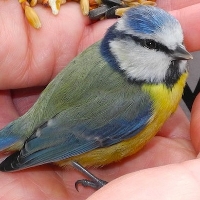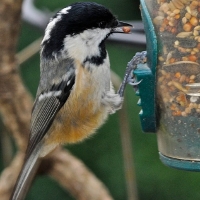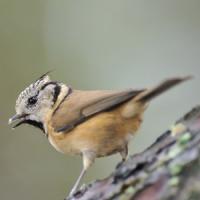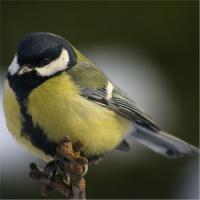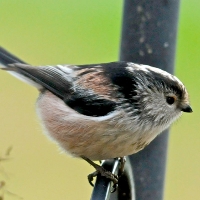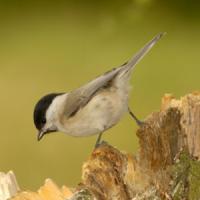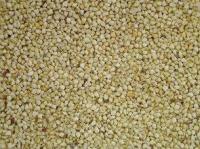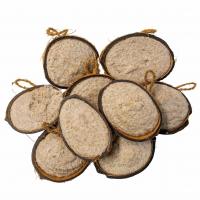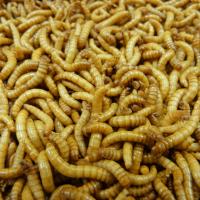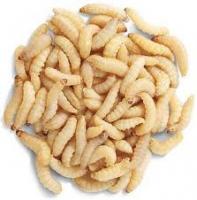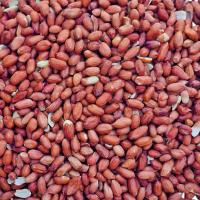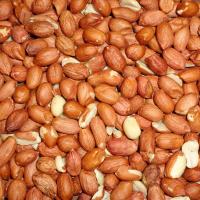- Home
- FAQs
- Customer Video Gallery
- Customer Photo Gallery
- Bird Facts
- Bird Food Blog
- Bird Information
- Feeding Advice
- Small Animal Information
- A to Z of Guinea Pigs
- A to Z of Hamsters
- A to Z of Rabbits
- Basic Care for Guinea Pigs
- Basic Care for Hamsters
- Basic Care for Rabbits
- Basic care for Chinchillas
- Basic care for Ferrets
- Basic care for Gerbils
- Basic care for Mice
- Basic care for Rats
- Buying a Healthy Small Animal
- Does your Reptile need a Licence
- Equipment for Ferrets
- Equipment for Hamsters
- Equipment for Mice
- Equipment for your Chinchilla
- Equipment for your Gerbil
- Equipment for your Guinea Pig
- Equipment for your Rabbit
- Keeping a House Rabbit
- Dog Information
- Cat Information
- Customer Information
- Fat Balls
- Suet Pellets
- Straights
- Seed Mixes
- Suet Treats
- Mealworms
- Bird Feeders
- My Account
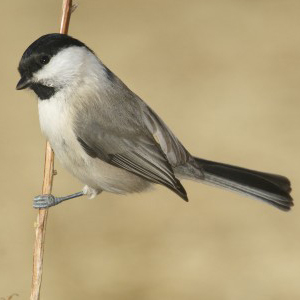
| Scientific Name | Poecile montana |
| Breeding | April-May |
| Fledge Days | 17-19 |
| Incubation Days | 13-15 |
| Lifespan | 3 years |
| Number of Clutches | 1 |
| Number of Eggs | 5-13 |
| Size | 12cm |
| Weight | 12g |
| Wingspan | 19cm |
Bird Family : Tits
Willow Tit Facts - Information About Willow Tit
Willow Tit - Poecile Montanus
The Willow Tit has declined dramatically in recent years due to habitat loss, once reasonably common it is now struggling. It prefers coniferous woodland as well as old damp woodland with rotting vegetation, this soft wood makes hole excavation much easier. Not found in Scotland and not to many in the North of England, the further south you go the more frequent it becomes. It very rarely uses garden feeders.
Identification:
Adult
- The Willow Tit is almost identical to its cousin the Marsh Tit, the easiest way to separate them is by habitat choice and voice.
- Plumage is similar and this is what to look for when faced with separating potential Willow/Marsh Tits.
- Sexes Alike.
- General plumage; both Willow and Marsh Tit are black capped, white cheeked, black bibbed tits.
- They both share the same colouring, upperparts a soft grey brown, underparts a creamy buff.
- Legs, bill and eye black.
Differences between The Willow Tit and Marsh Tit:
- Cap on Willow appears to be dull, not glossy as on Marsh and extends further on to the nape.
- The bib is larger than on Marsh.
- The white cheeks are very white and larger than Marsh's.
- It appears ‘bull headed’ and ‘bull necked’.
- Willow Tit will generally show a pale wing panel caused by pale edgings to the secondary feathers.
- Willows flanks and undertail are distinctly buffy.
- The bill is black, short and fragile looking, legs are dark grey, eye black.
Juvenile
- Juveniles appear from the end of April onwards and look like a washed out adult.
- Bill and eye black, legs dark.
Status and Distribution
The Willow Tit is a declining breeding resident in the UK with about 8 thousand pairs. The Willow Tit occurs in all counties throughout the England and Wales, it does not occur in Ireland and is just about hanging on in the extreme south of Scotland.
Habitat/Food
Willow Tits occur in many habitat types throughout their range, however they specialise in coniferous woodland and damp woodland of Alder, Willow and Birch with suitable low wet scrub. Willow Tits will not use feeders.They are Insect eaters.
Song/Call
The key to a definite separation lies in the call….both Willow and Marsh call totally differently. Once you hear the call separation is easy.
Willow Tit… 2 parts to the call, the first is a short ‘zee zee’ followed by ‘dar dar dar’ so it goes ‘zee zee… dar..dar..dar’.
Marsh Tit is an explosive…’bitchay’ the second syllable louder.
The following food is favoured by Willow Tit




